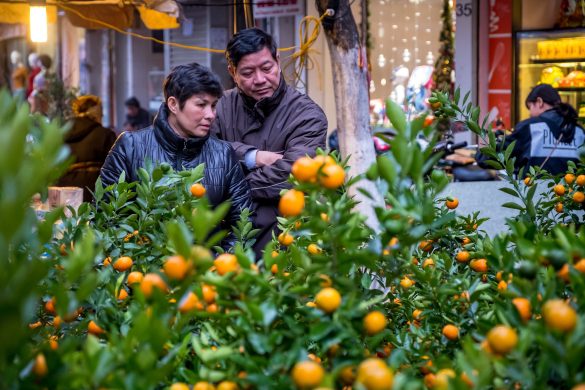Alle de nye tekniske hjælpemidler, der findes i dag, kan gøre forskellen på liv og død for nødramte i u-landene – hvis de ellers bliver brugt og dét er mange humanitære aktører i gang med at eksperimentere med og indføre.
DAKAR, 23 August 2013 (IRIN): Difficulties in reaching conflict- or disaster-hit communities slows down aid delivery, hampers assessment and can lead to groups in remote areas being left out of the aid equation altogether (slet ikke får del i hjælpen, red.).
But new technology, while not a panacea (universalmiddel), is helping to remove access barriers.
Aid agencies are increasingly seeking innovative solutions to old challenges.
UNHCR creates “idea laboratorium”
For example, the UN Refugee Agency (UNHCR) has teamed up with technology firm Spigit to launch “UNHCR Ideas”, an ideas lab where staff, refugees, academics and partners can brainstorm and crowd-source solutions to common problems.
Their first challenge is improving access to information and services for urban refugees; the winning idea will be piloted (prøvekørt) in 2014.
Olivier DelaRue, UNHCR head of innovations, said:
“We hope this project will give a voice primarily to refugees, because the solutions are very often with them. What we are trying to achieve is a higher degree of empowerment, a higher degree of self-reliance, in order to increase dignity.”
The UN Children’s Fund (UNICEF) has also set up ideas labs to stimulate new approaches. Labs are currently at work in DENMARK, Kosovo, Uganda and Zimbabwe.
Below, IRIN explores five access innovations being piloted by aid agencies.
Digital school in a box
UNICEF is piloting a digital school-in-a-box project in Uganda.
Sixty schools, each with between 100 and 200 children, have received a pack containing a solar-powered laptop with internet connectivity, a projector, a speaker and a document camera. The idea is to connect rural schools to wider learning networks and tools.
The equipment can also be used to link remote communities to health resources, emergency information and entertainment.
UNICEF currently procures (indkøber) the equipment from different suppliers, but says it is seeking to have the kits manufactured in Uganda.
Finding low-cost, high-quality equipment and training community members on maintenance are keys to the success of the project, the agency says.
Mobile phones to assess food insecurity
The UN World Food Programme (WFP) uses a process called Vulnerability Analysis and Mapping (VAM) to gather accurate data about how many people are food insecure, who and where they are, and how their situation came about.
In the past, much VAM information was collected through on-the-ground, face-to-face interviews, but these can be slow, expensive and at times impractical, particularly in remote communities or when access is hampered by natural disasters, poor roads or violence.
WFP is now piloting a mobile VAM (mVAM) project to survey communities via SMS polls, which ask people simple questions about food availability and meal patterns to gather key data about the levels of food insecurity.
“With barely any roads, or seriously damaged ones, collecting data on food security and monitoring the situation is a real logistical challenge. [mVAM] has the potential to be a quicker and more cost-effective way of gathering data, allowing us to us to assist faster those people who need our emergency supplies most,” said Koffi Akakpo.
He is head of WFP’s VAM unit in the DR Congo, where a pilot of this programme was conducted in January. The plan is to extend the pilot to other locations in DRC and also to try it in Somalia.
The agency has secured funding from the Humanitarian Innovation Foundation (HIF), a grant facility of the Enhancing Learning and Research for Humanitarian Assistance (ELRHA) programme, which supports organizations and individuals developing innovative and scalable solutions for humanitarian challenges.
Mobile phone apps to trace missing children
Læs videre på
http://www.irinnews.org/report/98627/innovating-around-aid-access-hurdles














